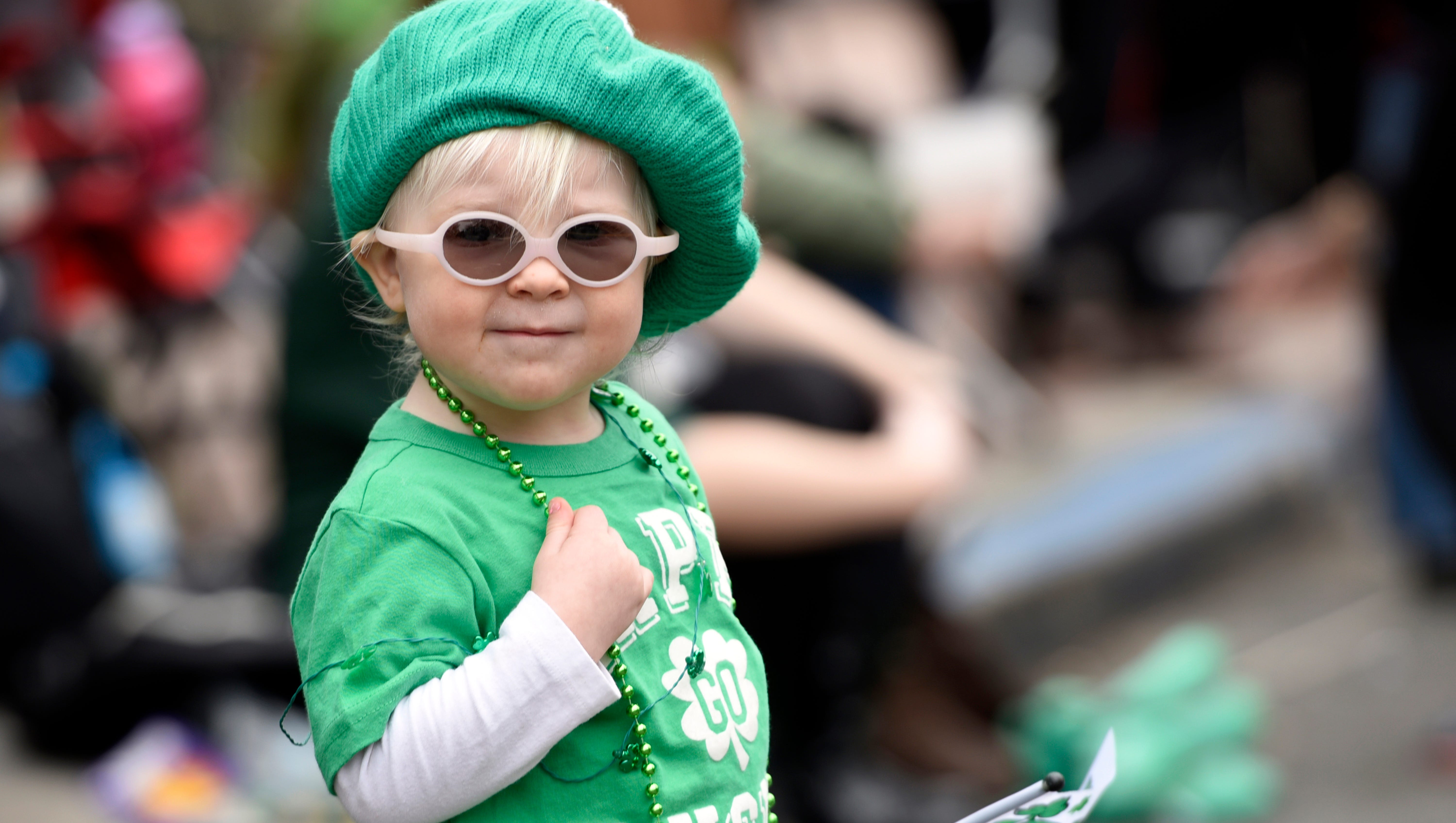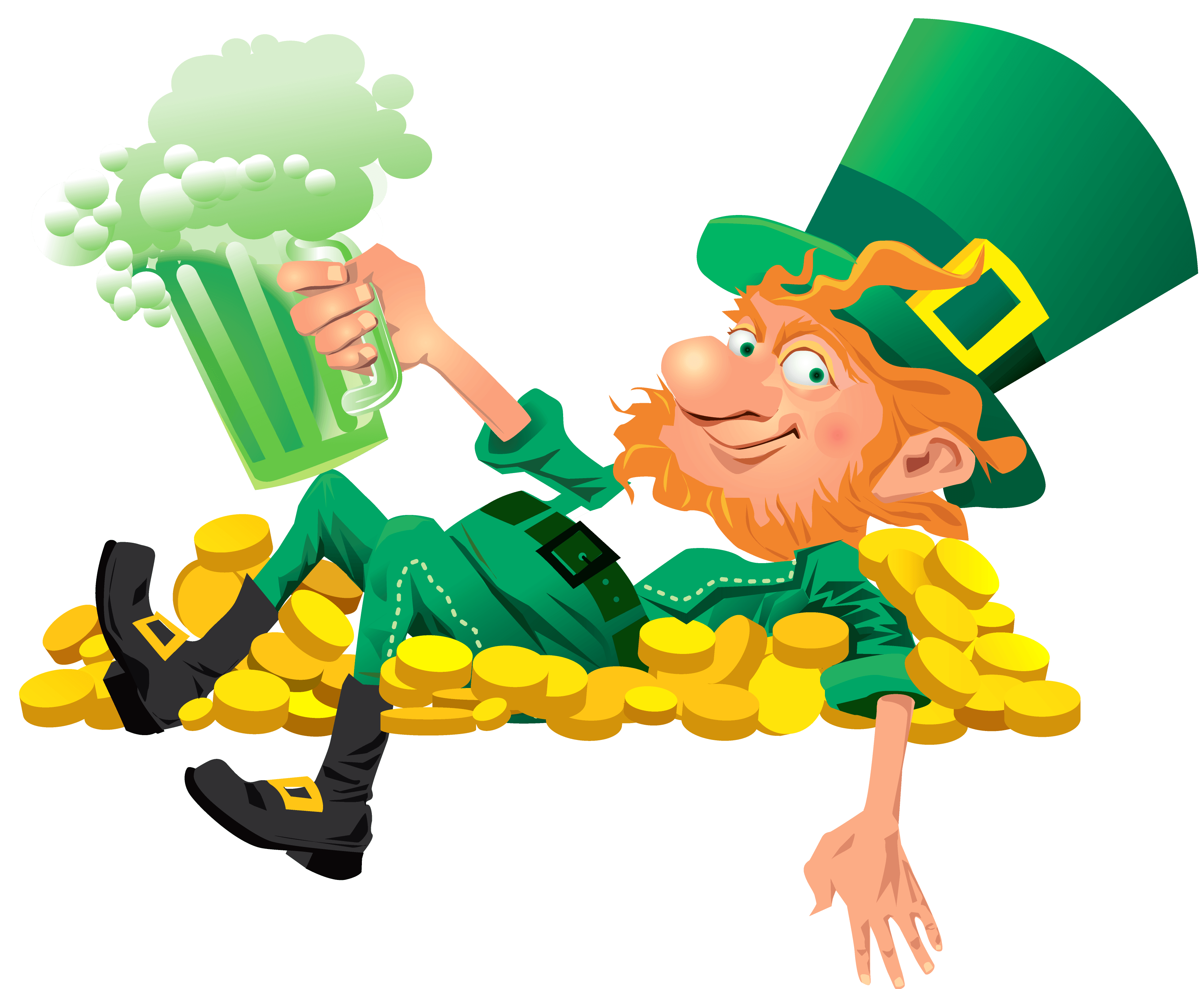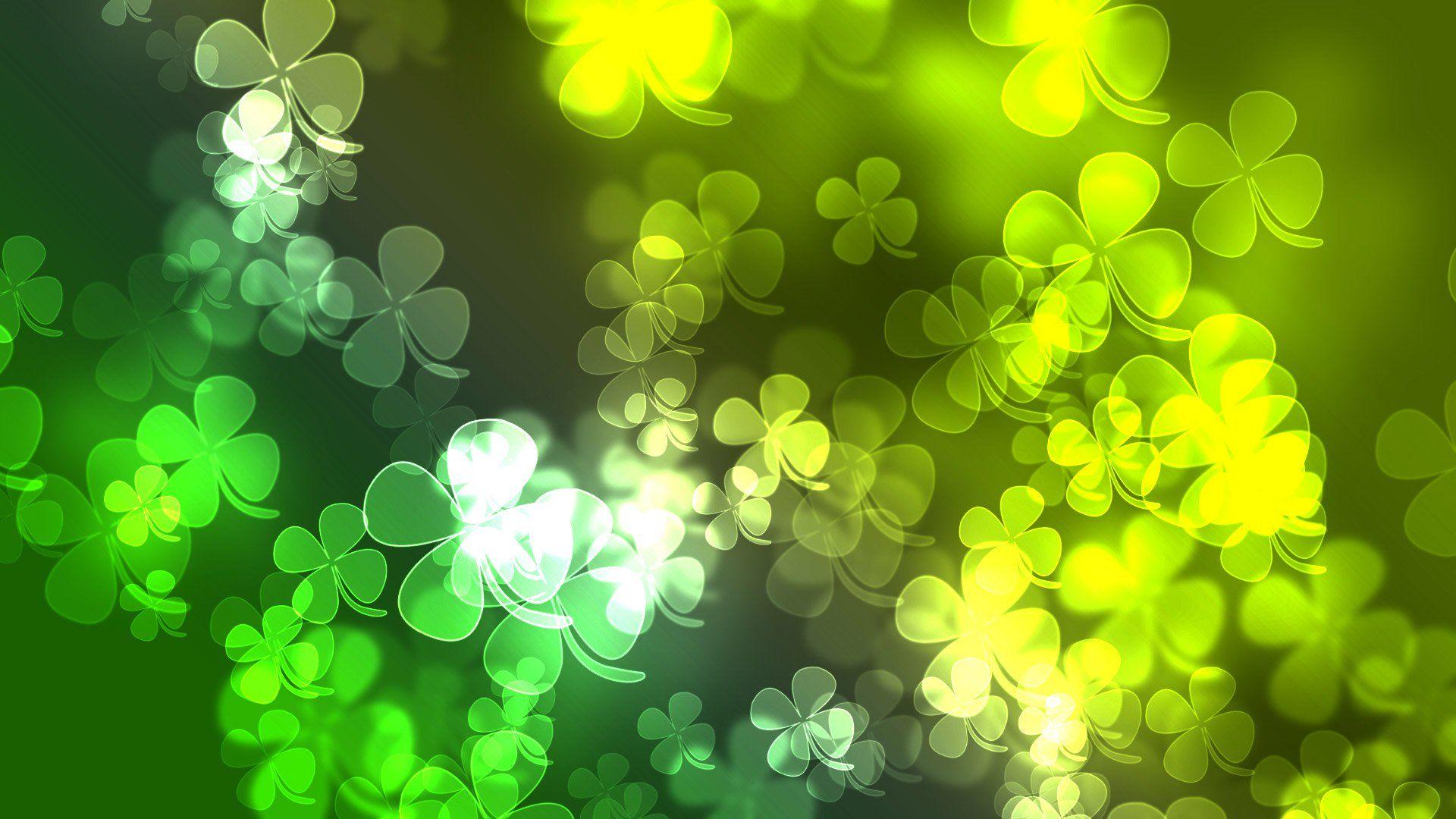Gallery
Photos from events, contest for the best costume, videos from master classes.
 |  |
 |  |
 |  |
 |  |
 |  |
 |  |
TIME says the origins of the wearing of green clothing in the United States on St. Patrick’s Day date back to the 19th century, when waves of Irish immigrants came to America looking for better job opportunities after the Great Famine during the 1840s-50s. St. Patrick's Day's spiritual meaning is rooted in Christianity. At its core, St. Patrick's Day is a religious holiday celebrated by Catholic, Lutheran, Anglican, and Eastern Orthodox Christians.. The man who inspired the holiday, Saint Patrick, is best known for bringing Christianity to Ireland in the 5th century. St. Patrick’s Day, celebrated on March 17th, is a day filled with parades, music, and the ubiquitous wearing of green. But why do we don the color green on this festive occasion? This tradition, deeply rooted in Irish history and culture, symbolizes national identity, religious significance, and a connection to the lush landscape of Ireland. St Patrick's Day means green is everywhere. Here's the surprising history of how the color became associated with all things Irish. St. Patrick’s Day annually falls on March 17. Communities worldwide gather for large events while decked out in green to commemorate Ireland’s patron saint and celebrate Irish culture. We recognize the Irish-themed decorations every March, but what is St. Patrick’s Day really about? Pinches if you aren’t wearing green. Corned beef and cabbage and four-leaf [] the holiday, encouraging everyone to join in the spirit of the day. So, why do we specifically wear green on St. Patrick’s Day, aside from avoiding those leprechauns? Recent surveys indicate that about 56% of Americans celebrate this holiday, with an astounding 80% of them opting for green attire. Irish nationalist groups active in the U.S. – the Fenians, Clan na Gael and, later, Irish Northern Aid – participated in these American St. Patrick’s Day parades, proudly wearing green to Why Do We Even Wear Green on St. Patrick's Day? Before the 19th century, the color linked to St. Patrick was blue. However, green is now the more typical hue, thanks to Irish immigrants who came to America and celebrated St. Patrick's Day and their heritage by wearing this symbolic color. Monday, March 17 is St. Patrick's Day, celebrating all things Irish in the U.S. and around the world. Cities celebrate with parades, bar crawls and more. Wearing green on St. Patrick's Day (supposedly!) makes you invisible to the leprechauns, so we’re sure you can gather what happens if you don’t wear green on March 17. On March 17, St. Patrick’s Day brings out a sea of green—worn by both the Irish and the not-so-Irish alike. But have you ever wondered why green is the go-to color for this festive day? And The tradition of wearing green on St. Patrick's Day is tied to Ireland's nickname, "The Emerald Isle," and its green-striped national flag. Every March 17th, cities around the world turn green in celebration of St. Patrick’s Day—but why is green the chosen colour? And why do some people wear orange?! While Ireland’s nickname as the Emerald Isle and the shamrock’s deep ties to Irish identity play a role, the association wasn’t always there. Dressing in green on St. Patrick's can trace its roots to leprechaun legends, as well as a sign of Irish defiance. Each year on St. Patrick’s Day, tens of thousands of Americans add How to wear green on St. Patrick’s Day — style tips you need to look your best Your St. Patrick's Day style guide By Mark McKee Updated January 5, 2024 Save Table of Contents (WHTM) — Wearing green is one of the most important aspects of Irish culture and celebrating St. Patrick’s Day, but not everyone knows why people wear green when celebrating the holiday worldwide. St. Patrick’s Day usually conjures images of partying, Catholicism, Irish nationalism and, perhaps most famously, the color green: green clothes, green shamrocks, green beer and green rivers. FAQs About St. Patrick’s Day Style 1. Do I have to wear green on St. Patrick’s Day? Not technically, but if you don’t, you might get pinched! The tradition comes from Irish folklore that says wearing green makes you invisible to mischievous leprechauns. Whether you believe it or not, adding a little green is a fun way to get in the spirit. 2. Forget to wear green, and you might just get pinched as a reminder. Also notable, the color green itself only became linked to St. Patrick's Day in the U.S., drawn from the green on the Irish flag and in reference to the Emerald Isle, as Ireland is sometimes called. Early on, the color of St. Patrick's Day was blue.
Articles and news, personal stories, interviews with experts.
Photos from events, contest for the best costume, videos from master classes.
 |  |
 |  |
 |  |
 |  |
 |  |
 |  |